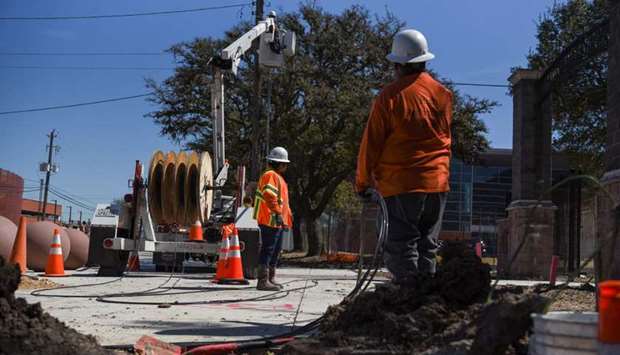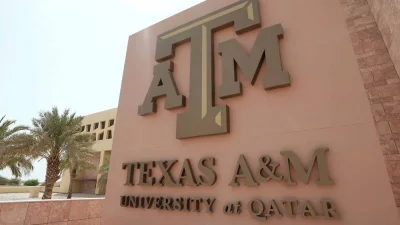The polar vortex storm that plunged Texas into chaos continues to reverberate through the state’s power grid operator, which fired its chief executive on the same day Congress launched an investigation into its failures.
The staggering cost of last month’s storm, which killed dozens, left millions without electricity and water and caused billions of dollars in damage has prompted ratings agencies to downgrade the debt of Texas’s electric utilities, at least one of which has already filed for bankruptcy.
The board of Electric Reliability Council of Texas (ERCOT) has become a prime target for customers’ and politicians’ ire over its apparent failure to prepare for the cold weather and the enormous bills some customers have faced due to a massive spike in energy prices.
ERCOT’s board fired president and chief executive (CEO) Bill Magness late on Wednesday after an emergency meeting that gave him 60 days’ termination notice, the company announced.
The firing came hours after the House Oversight and Reform Committee launched an investigation into the failures that led to the outages.
Representative Ro Khanna, a California Democrat, sent a letter to ERCOT demanding “all documents relating to preparations, from 2010 to the present, for an extreme winter weather event”.
The letter said the company was warned following previous once-a-decade storms in 1989 and 2011 to better prepare its installations for extreme cold, but failed to do so.
“Following the 2011 event, the Federal Energy Regulatory Commission (FERC) and North American Electric Reliability Corporation (NERC) conducted an investigation, which found disturbing similarities between the power disruptions in 1989 and 2011,” Khanna said.
The agencies found “that lessons learned from the 1989 winter weather event were either not implemented or not maintained”, Khanna wrote.
He added that the most recent storm could causes losses of up to $50bn stemming from damage to property and infrastructure and lost crops and wages.
Unlike other states, the power grid in Texas is largely disconnected from the national grid in the US, which was done partly to avoid federal regulation and means it cannot import power in the event of outages.

A crew works to restore 5G following an unprecedented winter storm in Houston.


